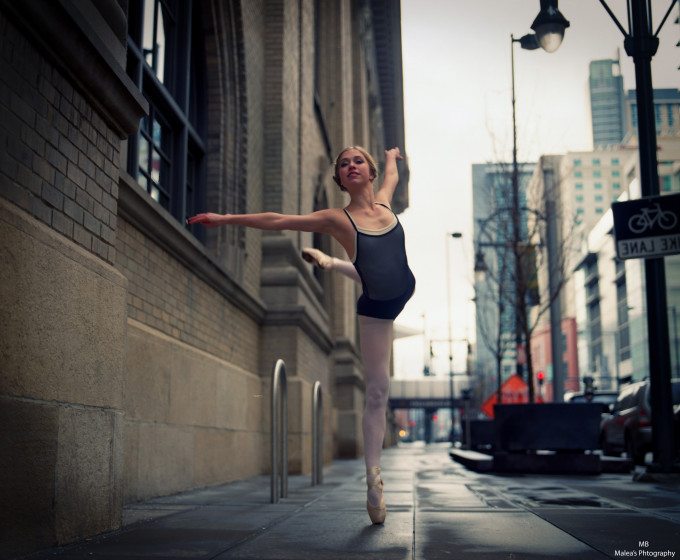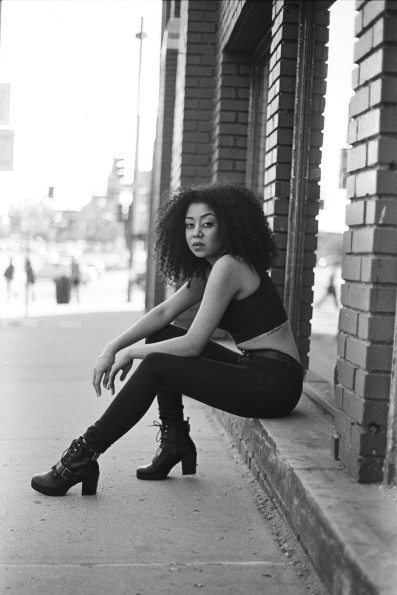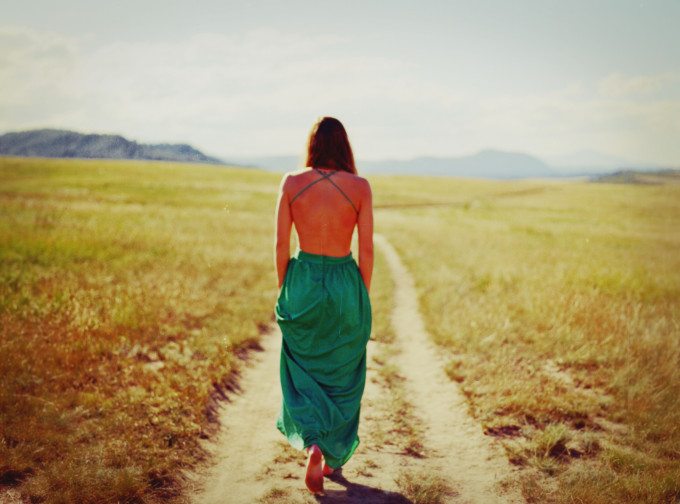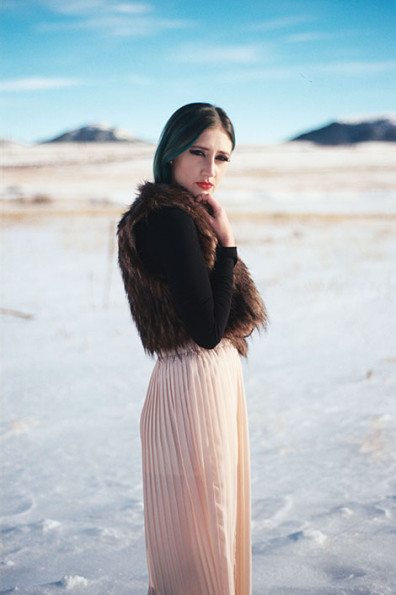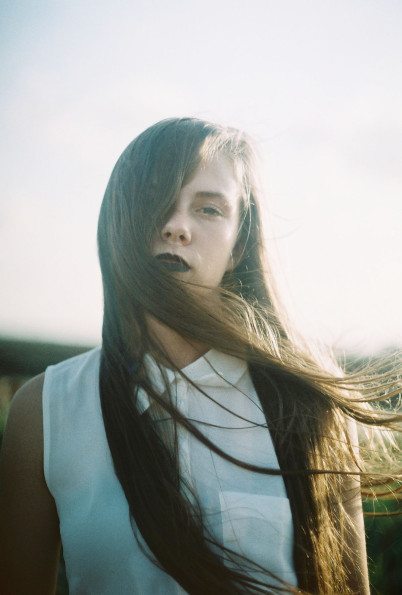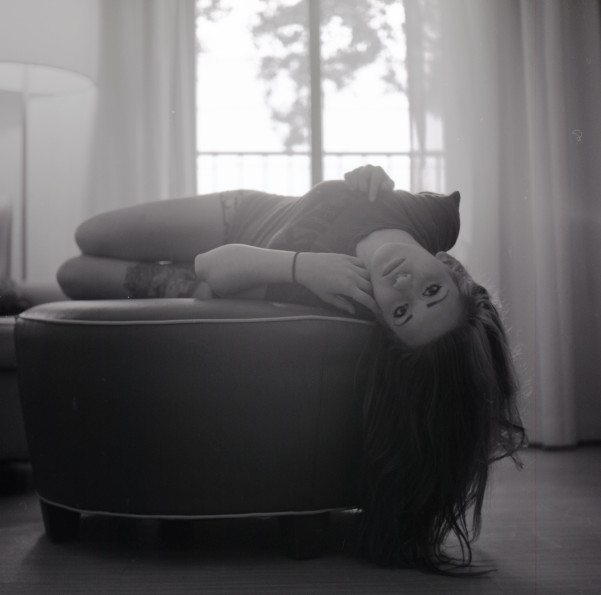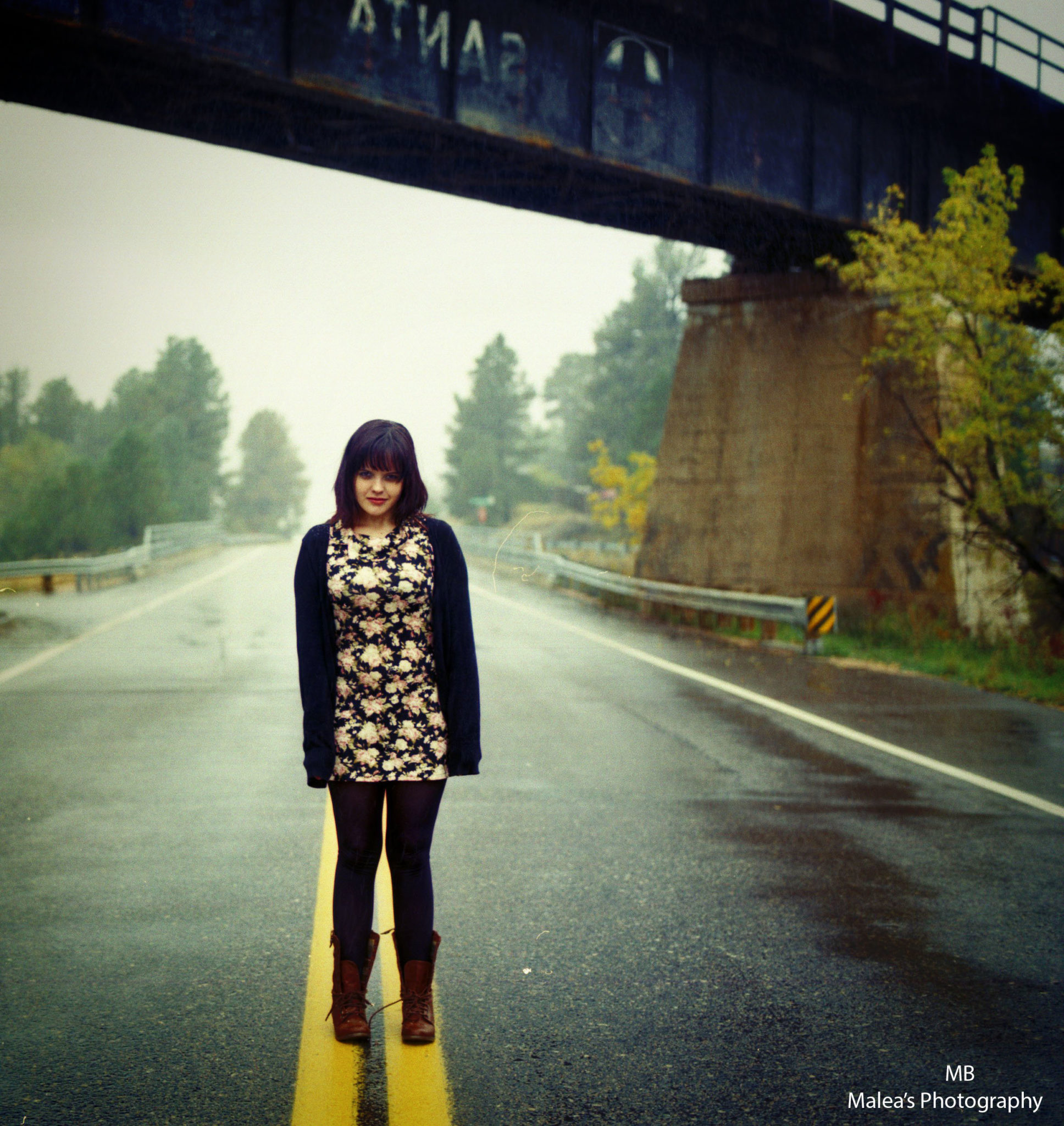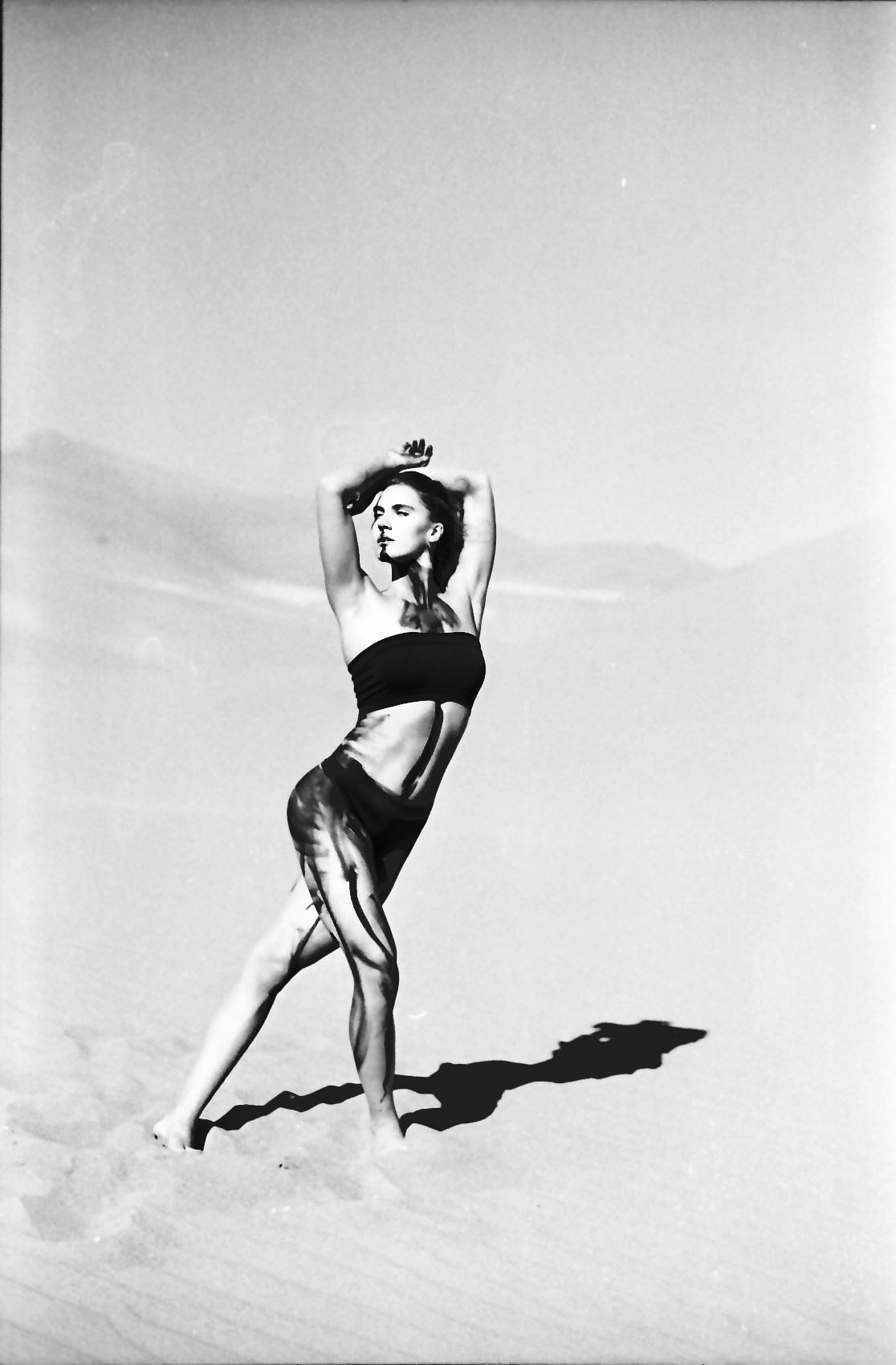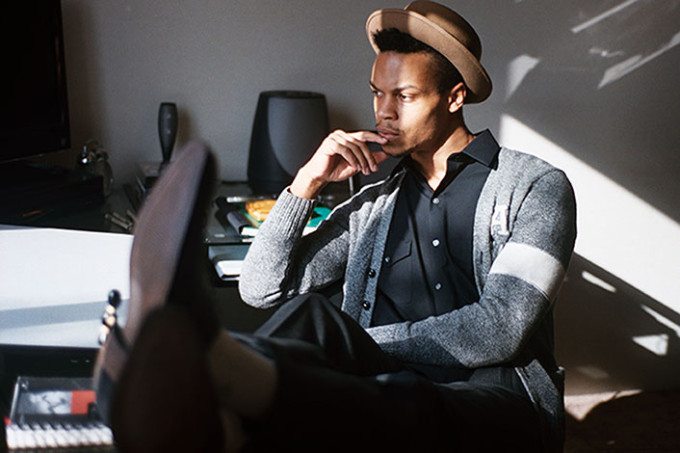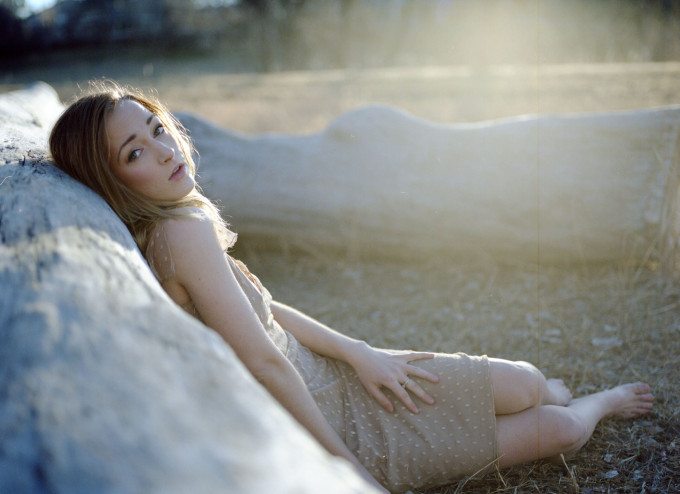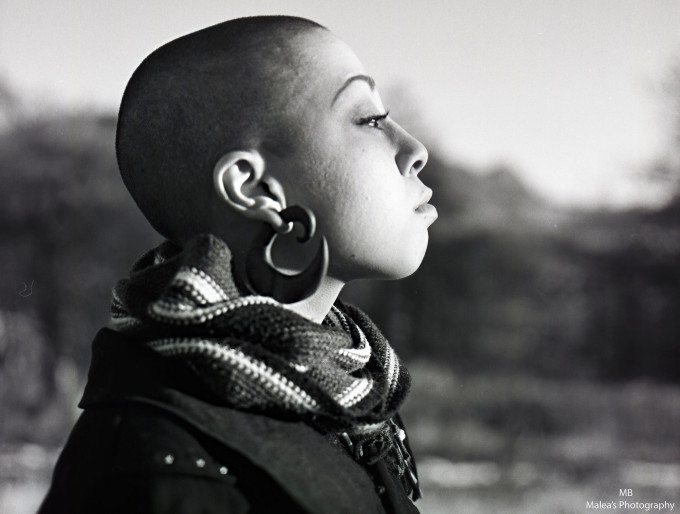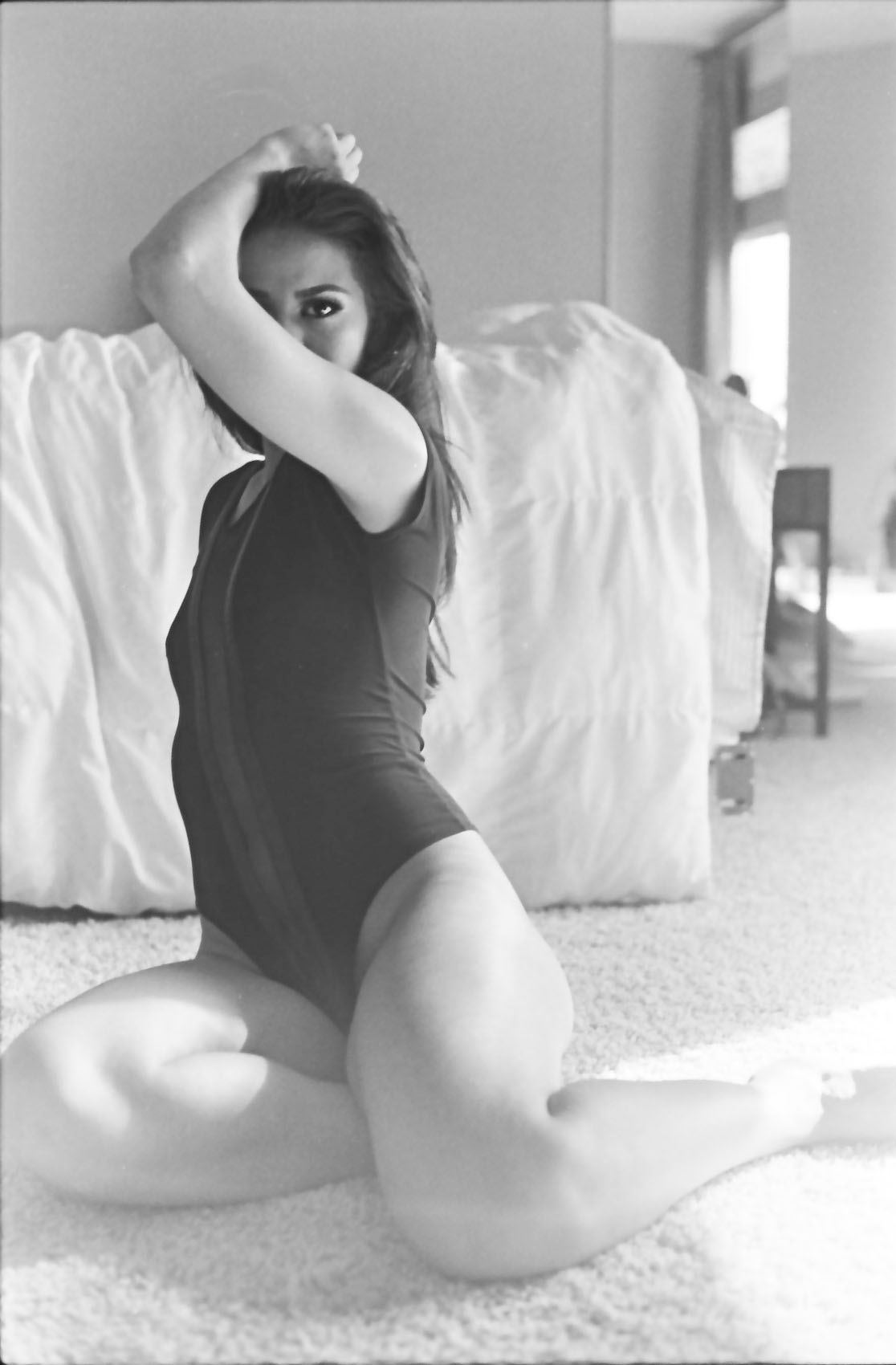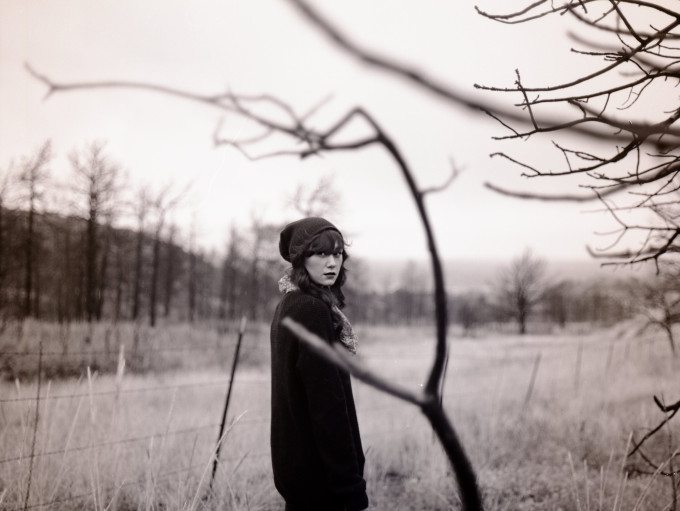Last Updated on 04/16/2015 by Chris Gampat
All photos by Malea Blackburn. Used with permission.
When it comes to portraiture, photographer Malea Blackburn believes that film is the best medium you can work with–and she has quite the portfolio to back up that statement. Malea finds that digital is okay, but film brings forth even more raw emotion in the images. Additionally, one needs to be much more careful and exacting when they shoot a film portrait–which then translates into more interactivity between the photographer and the subject. Eventually this interpersonal relationship is conveyed through the images.
But what’s even more fascinating is what Malea does with the subject beforehand to make sure that they have the right chemistry on camera together. Be sure to also check out Malea on Instagram and Twitter.
Phoblographer: Talk to us about how you got into photography.
Malea: I think photography was handed down to me by rite of passage. I inherited my first film camera from my grandfather who was an avid film shooter. I had always toyed around with the idea of being a photographer as I always shooting our family events or shooting my grandmother very candidly. It wasn’t until many years later that I would begin to actively pursue shooting as a legitimate career option. Now I’m constantly evolving, improving and spreading my love of film to anyone that will listen.
Phoblographer: What made you get into portraiture?
Malea: I had always enjoyed taking pictures even as a child but I debated on what I really wanted to hone in on. Photo journalism really interested me in the beginning but as I began to shoot more I realized that I enjoyed taking portraits and with that I zoned in creatively to understand how I wanted to proceed as an artist.
Phoblographer: Why film?
Malea: My photography has changed through the years but I remain wedded to film. I find nothing in the digital era that can compare to the emotion or rawness that film provides. Perhaps it’s the textures, the grain, the grit that I find incomparable or perhaps it is the one on one connection with your subject, your camera and yourself? I find the constraints and dedication completely fascinating as well as creatively liberating.
Switching to film has taught me patience within my own medium. It forced me to slow down and engage with my subject, experiment with lighting and learn to be in control of my final image. It has been a ritual that has taught me, challenged me and focused me and with every roll I shoot I become more obsessed.
Phoblographer: What gear and film do you use?
Malea: I have an arsenal of film equipment that I use and have collected through the years, ranging from 35mm to medium format to what is now making a comeback the Polaroid. With each shoot comes the question, how do I want the final product to look? And especially with medium format you have a lot of creative input with 645, 6×6 and 6×7 types of cameras that medium format has become a favorite for portraiture.
In my camera bag I always have my favorite medium format camera which is the Pentax 645. I also frequently shoot with my Bronica ETRC and Yashica-Mat. If I am looking for a larger negative I will shoot with a Mamiya RB67 Pro S which also has a Polaroid back to convert to shooting Polaroid’s. In the way of 35mm, my all-time favorite camera would be my Nikon F3 that I inherited from my uncles passing. I also shoot with a Yashica Sekor and Nikkormat.
I also always use my light meter to correctly meter the light to make sure everything is properly exposed.
As far as the actual film I use, a lot will depend on the final look I am wanting for my photograph. My favorite film would be Kodak Portra 400 to give creamy skin tones and a very natural grain. I also enjoy shooting Kodak Portra 160 for the beautiful shadows and undertones it creates and also Kodak Ektar 100 for the rich colors if I am shooting outdoors. Black and white I think my favorite would be Tri-x 400 if I am shooting indoors and Ilford Delta 100 if I am shooting outside.
Phoblographer: When you take portraits, how do you collaborate with the model and explain your creative vision to them? That is, how much communication is there and how do you explain your ideas to them? Do you storyboard?
Malea: I incorporate a lot of writing with my photographs so when choosing a model I try to find one that I envision fitting the narrative of the story or emotion that I am trying to portray. I sometimes give the model a sample of my writing and let them take some of the creative control. To me it is phenomenal to watch a person take simple words and bring them to life and what is even better than that is that no one interprets those very words the same so the results are always different.
I do use storyboards to tie everything together to give a better understanding of the feeling that I am trying to accomplish. Everything plays a huge role in the making of the story from the person to environment in which I chose to put them in. So usually, my projects are very simple and clean and strictly about the portrait.
Phoblographer: Lots of your work is of females, though there are some men. Why do you prefer to work with women?
Malea: I wouldn’t say that I prefer to work with women more than men, but women are more active in the modeling community. I have made it a commitment this year to photograph more men to expand my comfort zone and portfolio because I think men have unique features just women and would love to feature them as well.
Phoblographer: Where do you draw inspiration from when you create ideas for portraits?
Malea: Inspiration is all around us! Sometimes we as a society become so convoluted with looking a certain way that we forget what motivates us. I draw a lot of inspiration from old movies because I like my photographs to look like still from movies or moments from my own life, purely driven by emotion, it’s like therapy for me. Each picture is a moment from my life played by someone else, within reason everyone can relate.
Phoblographer: What critical things do you always feel like you watch out for when shooting portraits and would you not want in your images?
Malea: I am constantly looking for unique opportunities in people to expand my techniques so I don’t become stagnant in my field. My fear is becoming one dimensional, a portfolio filled with meaningless images that add no impact or perspective into my life or anyone else’s.


